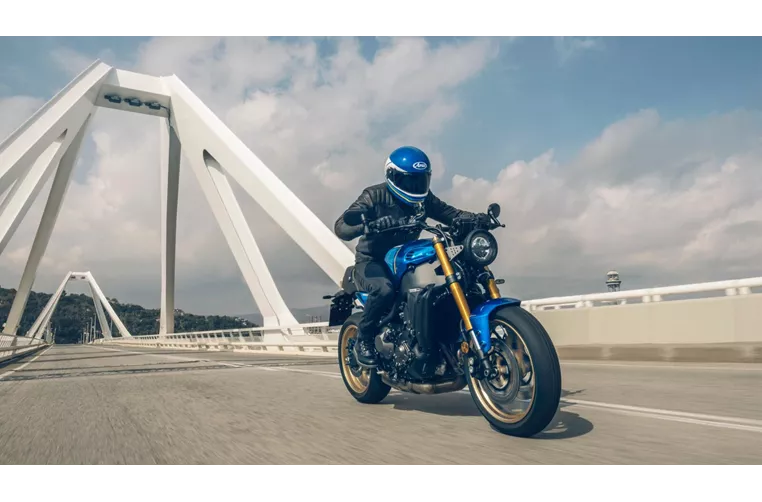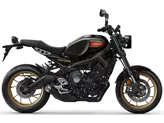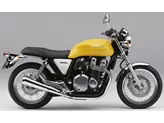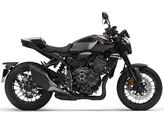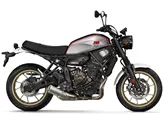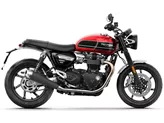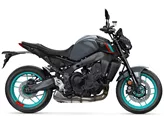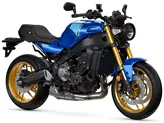Yamaha XSR900 2022 vs. Kawasaki Z900 RS 2018
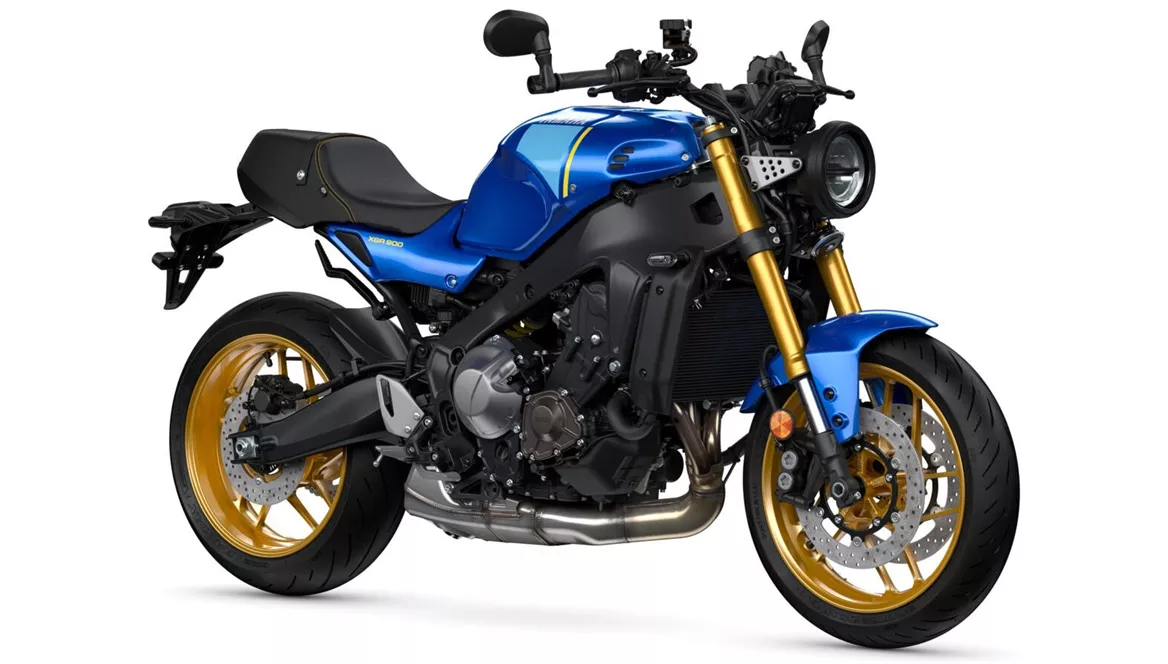
Yamaha XSR900 2022

Kawasaki Z900 RS 2018
Overview - Yamaha XSR900 2022 vs Kawasaki Z900 RS 2018
The Yamaha XSR900 2022 and the Kawasaki Z900 RS 2018 are both naked bikes that offer a thrilling riding experience. In terms of engine performance, the Yamaha XSR900 2022 takes the lead with its 119 HP engine, while the Kawasaki Z900 RS 2018 follows closely behind with 111 HP. Both bikes have liquid-cooled engines and provide a smooth and powerful ride.
The Yamaha XSR900 2022 features a 3-cylinder engine, while the Kawasaki Z900 RS 2018 has a 4-cylinder engine. This difference in cylinder configuration may result in a slight variation in power delivery and engine characteristics. Additionally, the Yamaha XSR900 2022 has a displacement of 889cc, while the Kawasaki Z900 RS 2018 has a slightly larger displacement of 948cc.
In terms of suspension, both bikes feature upside-down telescopic forks in the front and a swing arm with a monoshock in the rear. This setup provides good stability and handling on various road surfaces. The Yamaha XSR900 2022 has an aluminum frame with a twin tube design, while the Kawasaki Z900 RS 2018 features a steel frame with a tubular design. The choice of frame material may impact the overall weight and handling characteristics of the bike.
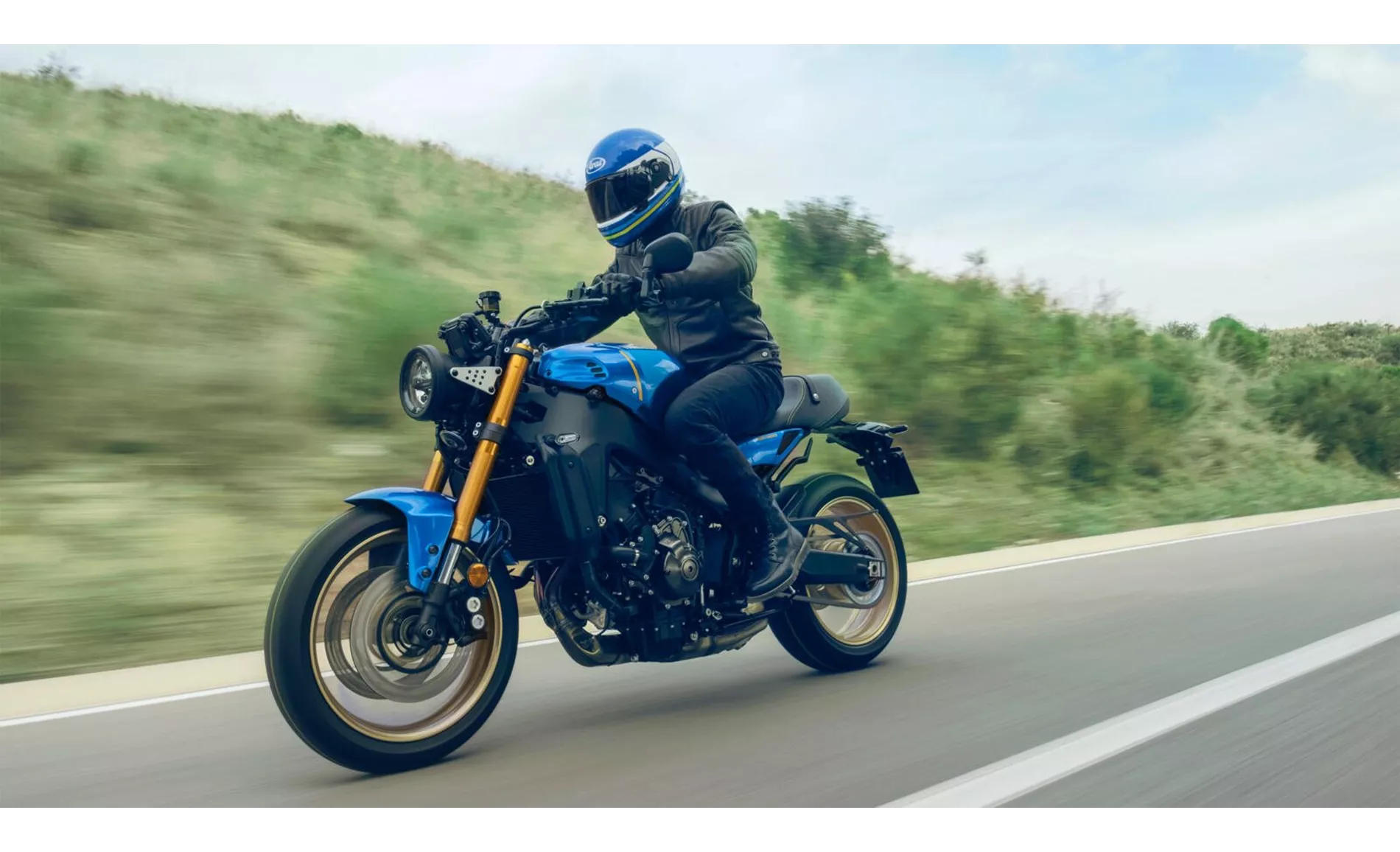
Yamaha XSR900 2022
When it comes to braking, both bikes are equipped with double disc brakes in the front, ensuring excellent stopping power. The Yamaha XSR900 2022 has slightly smaller front discs with a diameter of 298mm, while the Kawasaki Z900 RS 2018 has 300mm front discs. This difference may result in a slight variation in braking performance.
In terms of advanced rider assistance systems, the Yamaha XSR900 2022 offers a comprehensive package including ABS, riding modes, cornering ABS, ride by wire, shift assistant with blipper, cruise control, and traction control. On the other hand, the Kawasaki Z900 RS 2018 offers ABS, ride by wire, and traction control. The Yamaha XSR900 2022 provides a wider range of electronic aids, enhancing the overall riding experience and safety.
In terms of dimensions and weights, the Yamaha XSR900 2022 has a slightly longer wheelbase of 1495mm compared to the 1470mm of the Kawasaki Z900 RS 2018. The seat height of the Yamaha XSR900 2022 is 810mm, while the Kawasaki Z900 RS 2018 has a slightly higher seat height of 835mm. The Yamaha XSR900 2022 also has a lower kerb weight of 193kg compared to the 215kg of the Kawasaki Z900 RS 2018. Additionally, the Yamaha XSR900 2022 has a fuel tank capacity of 15 liters, while the Kawasaki Z900 RS 2018 offers a larger capacity of 17 liters.

Kawasaki Z900 RS 2018
In terms of strengths, the Yamaha XSR900 2022 stands out with its powerful engine, quickshifter as standard, good brakes, and comprehensive electronics package. It also offers a sporty yet comfortable riding position and provides good value for money. Additionally, there are many accessories available for the Yamaha XSR900 2022, allowing riders to customize their bike to their preferences.
On the other hand, the Kawasaki Z900 RS 2018 boasts a powerful and smooth engine, attractive looks, and a comfortable seating position. It is easy to ride and offers balanced handling, striking a good balance between agility and stability. However, it lacks a shift assistant, making gear changes slightly less smooth compared to the Yamaha XSR900 2022. It is also heavier than other retro bikes in its class and may have a slightly softer seat for long tours. Furthermore, it does not offer wind protection, which may be a consideration for riders looking for added comfort on longer rides.
In conclusion, both the Yamaha XSR900 2022 and the Kawasaki Z900 RS 2018 are impressive naked bikes with their own unique strengths. The Yamaha XSR900 2022 excels in terms of engine power, advanced rider assistance systems, and value for money. On the other hand, the Kawasaki Z900 RS 2018 offers a smooth and powerful engine, attractive design, and comfortable riding position. Ultimately, the choice between these two bikes will depend on the rider's preferences and priorities.
Technical Specifications Yamaha XSR900 2022 compared to Kawasaki Z900 RS 2018
Pros and Cons in comparison
Pros and Cons in comparison
Yamaha XSR900 2022
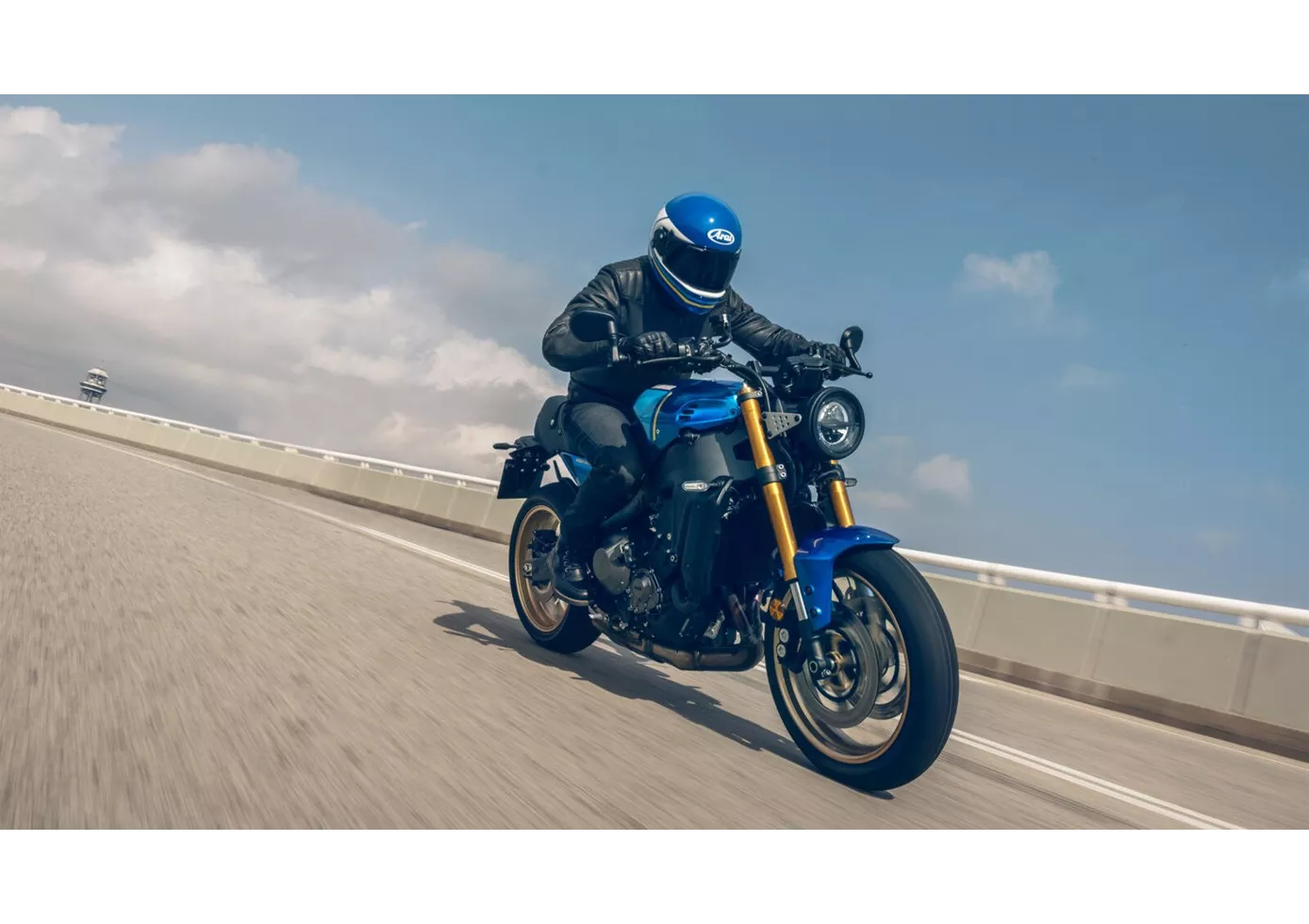
The XSR900 in no way wants to hide the fact that it uses the MT-09 as its basis. With a full electronics package, powerful three-cylinder and sporty chassis components, you can be incredibly sporty on this retro bike. Hopefully you'll just find a more comfortable seat in the accessories soon - because it's going to take a lot of stops on the standard seat.
Kawasaki Z900 RS 2018

Its four-cylinder is silky smooth while delivering enough power to make you grin under your helmet. It is also very easy to move, which should make it a great commuter bike in everyday life and serve as an iconic fun bike at the weekend. The looks find the perfect straddle of classic design and modern details to form a coherent retro package that is also a worthy tribute to Kawasaki history. It's a great naked bike with a snazzy look.
Price Comparison Avarage Market Price Yamaha XSR900 vs Kawasaki Z900 RS
There are a few key differences between a Yamaha XSR900 2022 and a Kawasaki Z900 RS 2018. In terms of price, the actual average price of a Kawasaki Z900 RS 2018 is about 13% higher. A Yamaha XSR900 2022 experiences a loss of 290 GBP in one year of ownership. This is offset by a loss of 910 GBP for a Kawasaki Z900 RS 2018. Compared to Kawasaki Z900 RS 2018 there are more Yamaha XSR900 2022 bikes available on the 1000PS.de Marketplace, specifically 59 compared to 28. It takes less time to sell a Yamaha XSR900 with 97 days compared to 154 days for a Kawasaki Z900 RS. Since model year 2016 1000PS.de editors have written 30 reviews for the Yamaha XSR900 and 26 reviews for the Kawasaki Z900 RS since model year 2018. The first review for the Yamaha XSR900 was published on 25/11/2015 and now has more than 17,600 views. This compares to more than 63,700 views for the first review on Kawasaki Z900 RS published on 06/09/2017.
